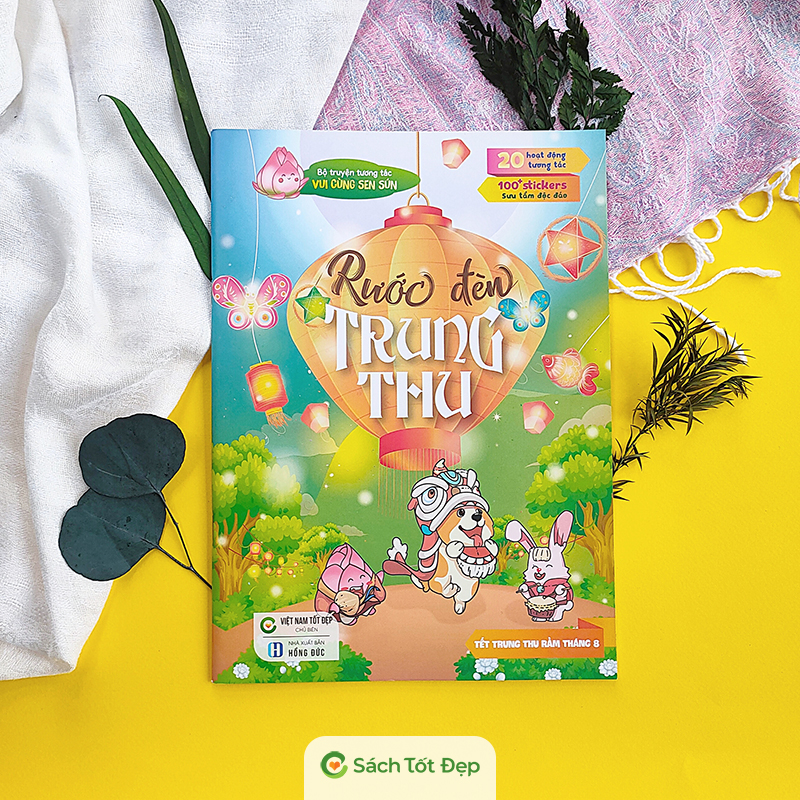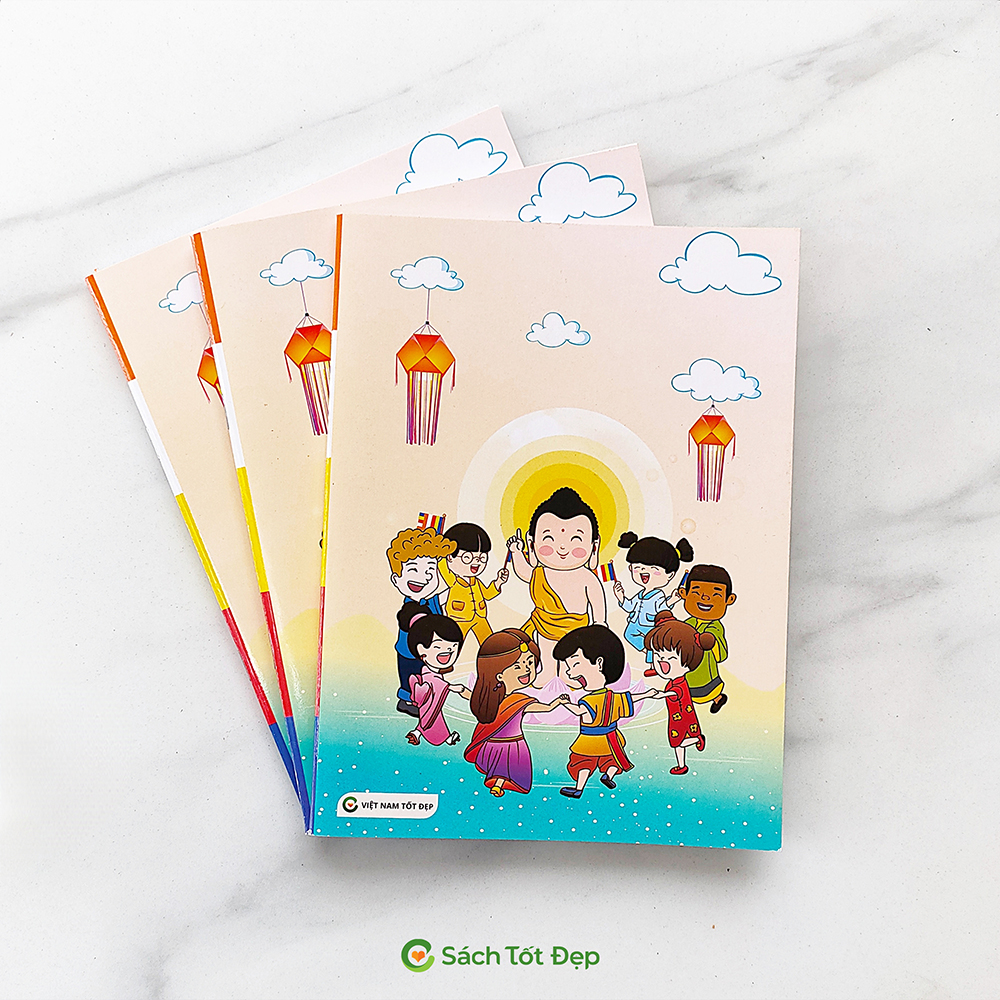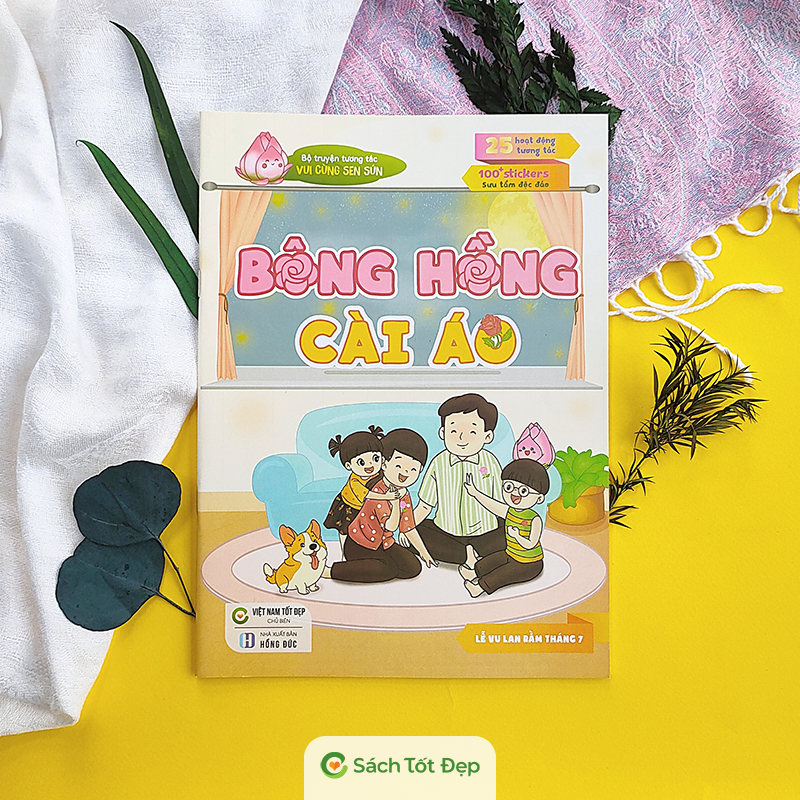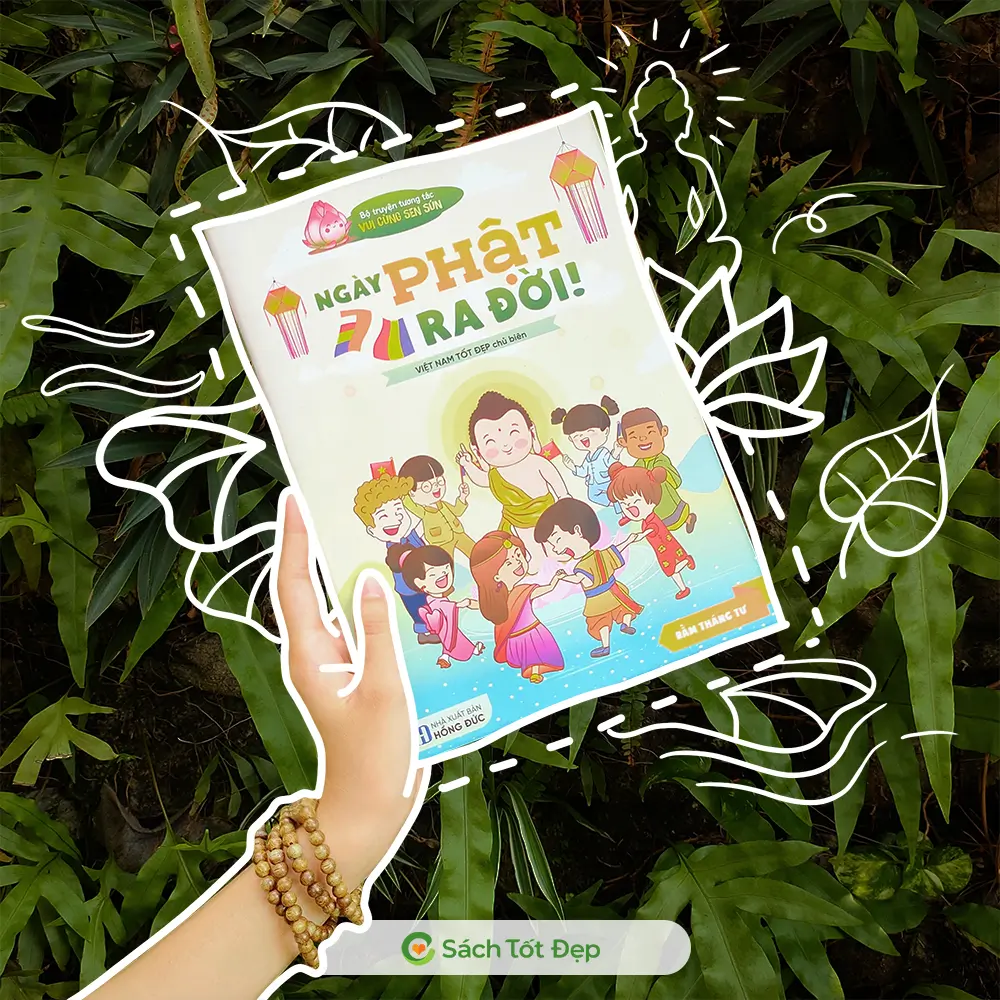Introduction to Buddhism for Children
Nurturing Children’s Minds with Buddhist Stories: A Blend of Traditional and Modern Parenting
Parents universally wish for their children to grow up healthy, intelligent, emotional, and kind-hearted. Therefore, they spare no effort in nurturing their children, both materially and spiritually. Mothers often introduce their children to the spiritual nourishment of nursery rhymes and folk songs imbued with local and humane sentiments from an early age. The traditional practice of lullabies, although at risk of being forgotten, has evolved. Today, in both Eastern and Western cultures, many mothers read their children gentle, meaningful poetry and fairy tales before bedtime, instilling in them the essence of goodness that nourishes their lives as they grow. As children learn to read, mothers shift from storytellers to guides, encouraging their children to read and learn independently.
Of course, the chosen books for children must be wholesome, engaging, age-appropriate, with large, clear fonts, beautiful illustrations, and simple yet captivating stories. Ancient tales, fairy tales, and historical stories are all suitable. Buddhist stories for children, ranging from gentle tales of Buddhist deities helping people, as seen in traditional stories like Tấm Cám, to more recent readings in Western Buddhist magazines, are increasingly popular.
Tynette Deveaux, a mother of a 7-year-old boy and an editor at Buddhadharma magazine, shares her experience in the article “Good Books for Little Buddhas.” Aware of the allure of computers and video games for children, she carefully manages her son’s screen time and introduces him to books, including Buddhist ones, to captivate his imagination. She believes that the Buddhist stories she has been telling him since he was four have positively influenced his outlook on life and his emotional well-being.
Deveaux mentions several books for children with Buddhist themes, including retellings of the Buddha’s past lives adapted for young readers and original works by Western authors. These stories, presented in a lively and engaging manner, include common tales from Buddhist literature.
One such story is “The Prancing Peacock,” about a proud peacock who, in his arrogance, forgets to be mindful of his surroundings, leading to a lesson in humility. Another story, “The Mustard Seed,” teaches about the universality of death and the impermanence of life through a mother’s quest to understand her child’s death. These tales from Buddhist anthologies, along with contemporary writings infused with Buddhist philosophy, gently introduce concepts of compassion, letting go, and mindfulness to children.
Deveaux reflects on whether these books will have a lasting impact on her son and whether they will encourage him to explore Buddhism as he grows. She believes that, for now, these stories prompt important questions and discussions, helping to navigate complex emotions and situations. These books benefit not only children but also adults, offering profound lessons in clear and heartfelt language.
The author concludes that while her son could choose video games over reading, their bedtime reading routine has helped him appreciate their shared journey. She suggests the need for more Buddhist children’s stories in her country, emphasizing the importance of accessible, engaging, and morally enriching literature to naturally guide children towards Buddhist teachings and equip them with wisdom, ethics, and empathy for life’s journey.
(Source: Đại Bảo Pháp Mandala Tây Thiên)
Sản phẩm bạn có thể quan tâm

Let’s play with Sen Sun: Mid-Autumn Festival
Coloring book
30.000đ

Tot Dep Notebook 96-pages
8.000đ

Let’s play with Sen Sun: Ullambana Festival
Coloring book
28.000đ

Let’s play with Sen Sun: Buddha’s birthday
Coloring book
28.000đ





